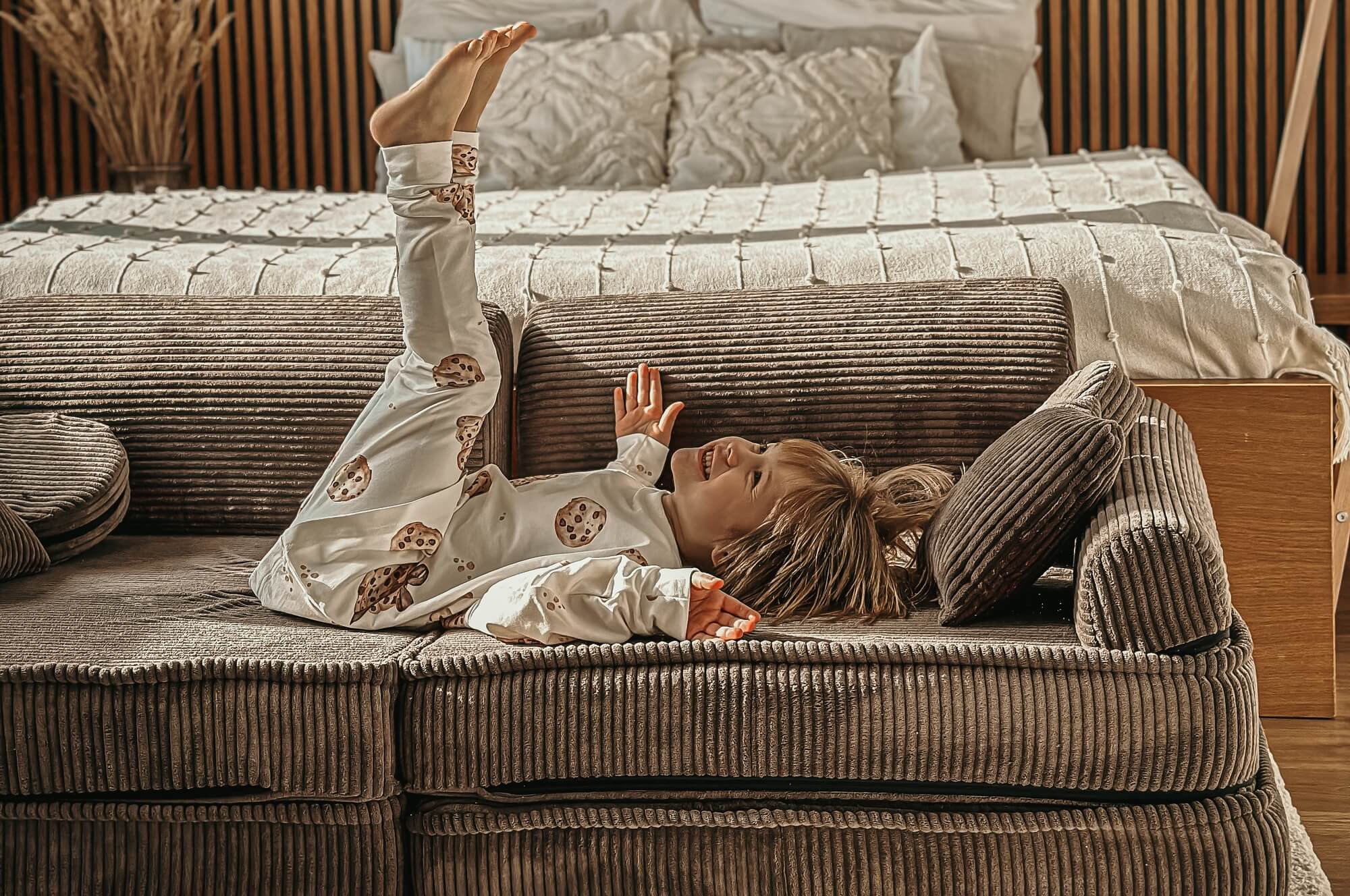
The Ultimate Comfort Zone – How to Create a Relaxation Space That Supports Your Child’s Emotional Well-Being?
A child’s environment plays a crucial role in shaping their mood, behavior, and emotional development. While play and learning spaces are often prioritized, having a dedicated relaxation zone is just as important. Creating a safe, cozy, and sensory-friendly area where a child can unwind, self-regulate, and feel secure helps reduce stress, improve focus, and nurture emotional well-being.
One of the best ways to achieve this is by incorporating soft, adaptable, and child-friendly furniture, such as the Play-sofa – a modular, foam-based sofa covered in soft, sensory-friendly fabric. It’s not just a seating option; it’s a multi-functional comfort zone where kids can relax, play, and feel at ease.
1. Why Does Your Child Need a Relaxation Space?
Modern childhood is full of stimuli, excitement, and constant learning. While these experiences help children grow, they also need time to process emotions, relax, and recharge. Having a dedicated comfort zone in their bedroom or playroom provides:
- A safe retreat for emotional regulation – When children feel overwhelmed, they need a cozy space where they can calm down.
- A sensory-friendly environment – Soft textures and warm colors can reduce anxiety and enhance relaxation.
- Encouragement for independent downtime – Teaching children the value of quiet, mindful moments fosters self-care habits from an early age.
- A space for bonding and storytelling – Creating a snug atmosphere makes it easier to enjoy bedtime stories, family cuddles, and meaningful conversations.
A well-designed relaxation area can positively impact sleep patterns, concentration, and emotional resilience, making it an essential part of any child’s space.

2. How to Design the Perfect Comfort Zone for Your Child?
A relaxation area should be inviting, cozy, and free from distractions. Here are some key elements to consider when designing the perfect comfort corner for your child:
Soft & Supportive Seating – The Key to Relaxation
Choosing the right seating option is crucial in creating a relaxation-friendly environment. The Play-sofa is the perfect choice, as it:
- Provides a soft, cushioned space that adapts to different relaxation positions.
- Encourages movement and flexibility – children can lounge, lie down, or snuggle up however they feel most comfortable.
- Acts as a safe space for quiet play – whether reading, daydreaming, or listening to music.
A modular sofa for kids allows them to create their own cozy hideout, giving them control over their relaxation experience.
Soothing Colors & Natural Light
Colors play a significant role in creating a calming atmosphere. The best shades for a child’s relaxation zone include:
- Soft neutrals like beige, ivory, and warm gray – create a sense of peace and balance.
- Muted pastels like dusty pink, sage green, or light blue – promote emotional stability.
- Earthy tones like terracotta and soft browns – bring warmth and coziness to the space.
Natural light is also essential. Positioning the relaxation corner near a window with sheer curtains ensures a gentle, calming brightness. For evening relaxation, warm-toned LED lights, fairy lights, or salt lamps create a soothing ambiance.
Sensory-Friendly Fabrics & Textures
The sense of touch is deeply connected to emotional comfort. Using soft and inviting materials helps children feel secure and relaxed. Consider incorporating:
- Plush blankets & pillows – adding warmth and layers to their comfort space.
- Textured cushions – bouclé, velvet, or ribbed fabrics provide sensory engagement.
- Soft rugs or play mats – perfect for barefoot relaxation and a cozy atmosphere.
Since the Play-sofa is upholstered in child-friendly, soft-to-the-touch fabric, it naturally enhances the sensory comfort of a relaxation corner.
Quiet Activities to Support Relaxation
A comfort zone isn’t just about seating—it should also encourage peaceful activities that help children decompress. Consider including:
- A bookshelf with calming stories – bedtime or mindfulness books help children settle down.
- A music corner – soft instrumental music or white noise can create a serene environment.
- A sensory box – filled with stress balls, fidget toys, or scented pillows for added relaxation.
By integrating low-stimulation activities, the relaxation zone becomes a safe space for children to practice self-soothing techniques.

3. How the Play-sofa Enhances Emotional Well-Being
A child’s emotional well-being is influenced by their physical surroundings. The Play-sofa is more than just a comfortable seat—it actively contributes to:
- Self-regulation – Children can retreat to their soft, modular sofa whenever they need to calm down.
- Independent decision-making – Since it’s modular, kids can arrange it however they prefer, fostering autonomy.
- Emotional connection – A cozy, inviting sofa encourages bonding through storytelling, cuddling, and mindful rest.
By giving children a designated comfort space, parents provide them with a tangible tool to manage stress, build emotional security, and create a positive relationship with relaxation.
4. Tips for Maintaining a Relaxation-Friendly Space
- Keep it clutter-free – A messy environment can feel overwhelming. Use soft storage baskets to keep books and toys organized.
- Encourage daily use – Incorporate relaxing moments into your child’s routine, such as reading before bedtime.
- Adapt as they grow – The Play-sofa is modular, meaning it can be adjusted as the child’s preferences evolve.
- Rotate sensory elements – Introduce new textures, scents, or calming music to keep the space engaging.
With a well-maintained comfort zone, children can develop healthy relaxation habits that benefit their mental well-being well into adulthood.

5. Why Every Child’s Room Needs a Relaxation Space
Incorporating a relaxation area into your child’s room is one of the best ways to support their emotional and mental health. A safe, cozy, and sensory-friendly environment helps them feel secure, relaxed, and emotionally balanced.
Key Benefits of a Relaxation Space with a Play-sofa:
- Promotes emotional regulation and mindfulness
- Provides a safe, soft, and inviting space for independent downtime
- Encourages positive bedtime routines and quality sleep
- Supports sensory needs with soft textures and calming colors
- Fosters a connection between relaxation and self-care
A child-friendly modular sofa like the Play-sofa is a long-term investment in both comfort and emotional well-being. It’s not just furniture—it’s a sanctuary where children can feel safe, loved, and at ease.
If you’re looking to create the ultimate comfort zone for your child, incorporating a Play-sofa into their relaxation space is the perfect way to start.
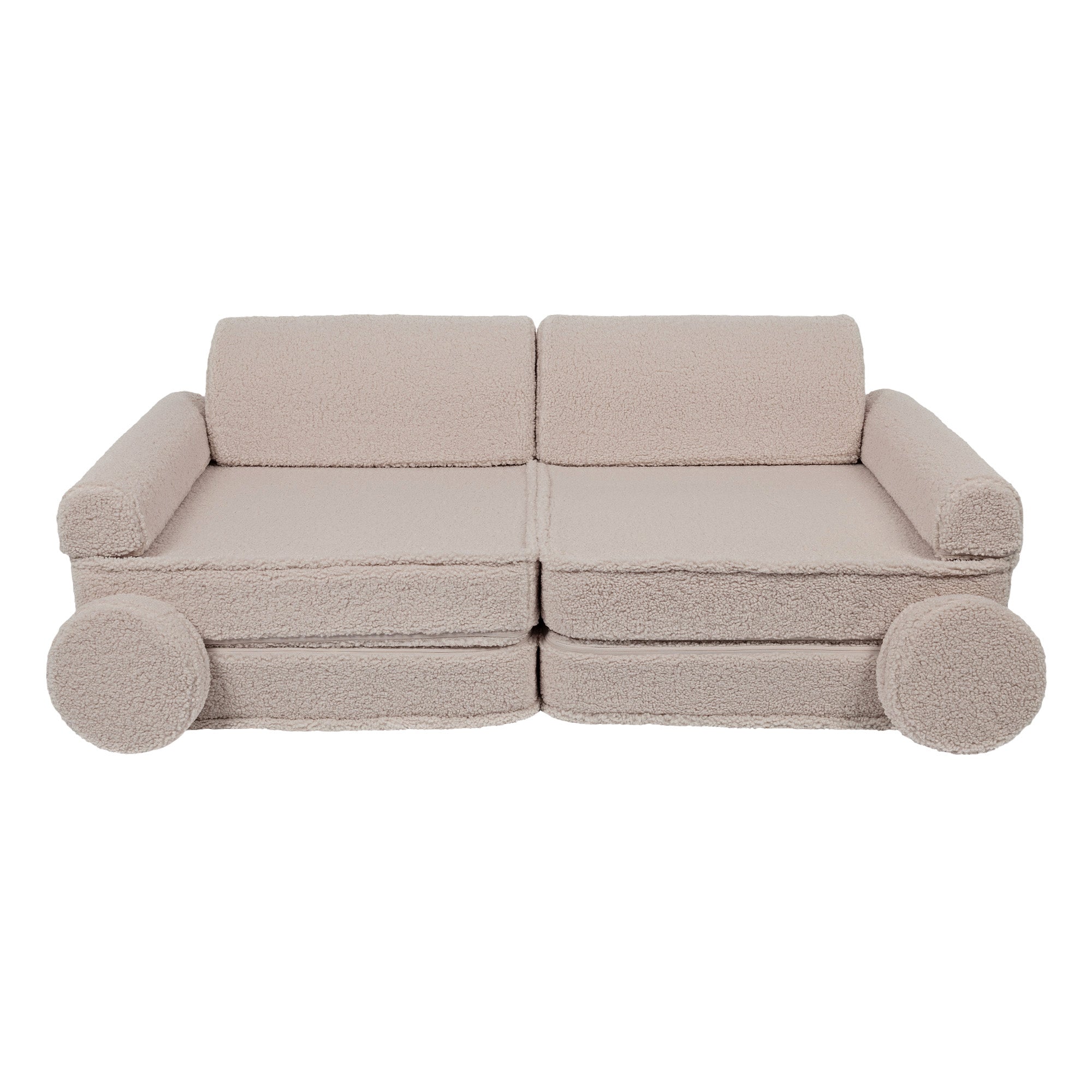

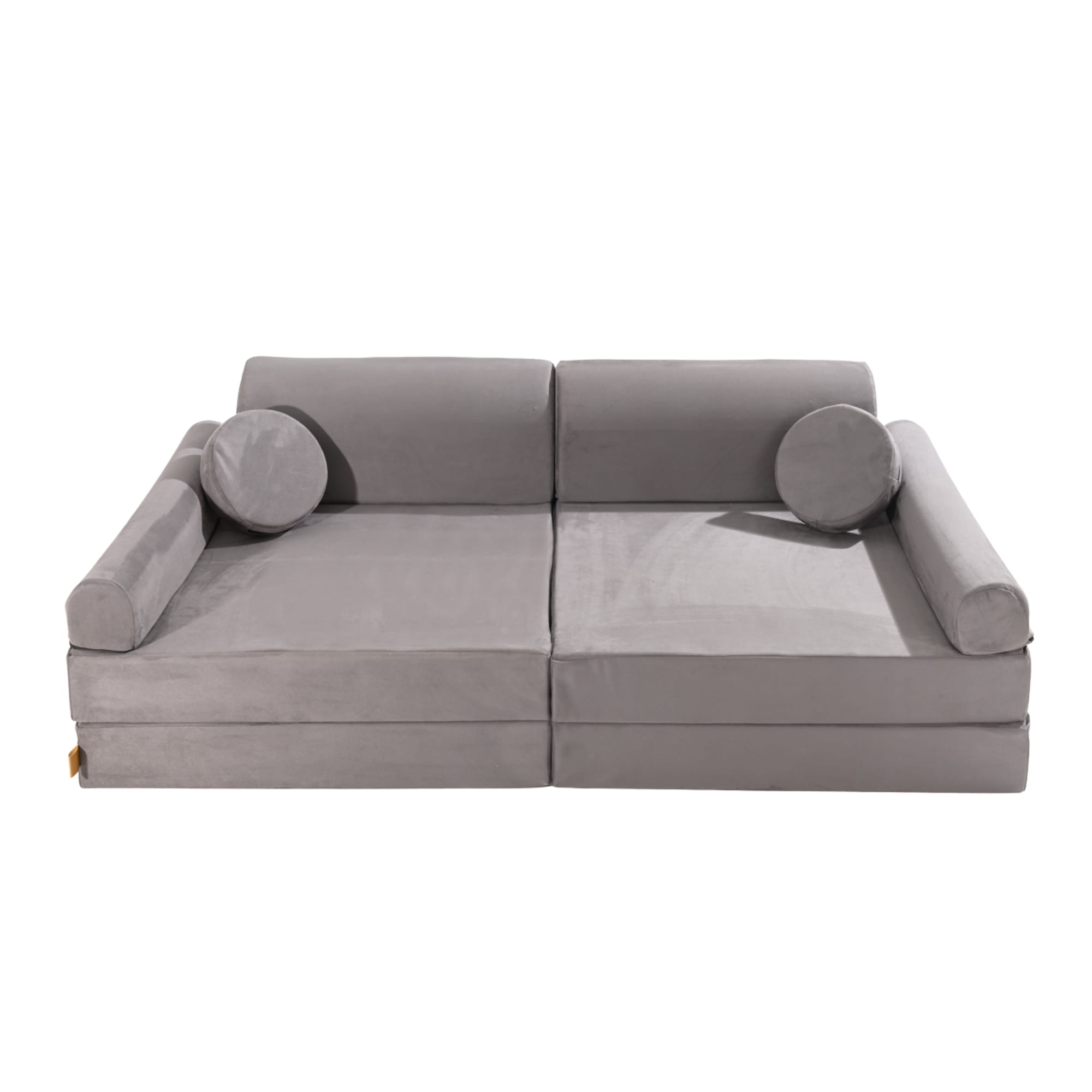



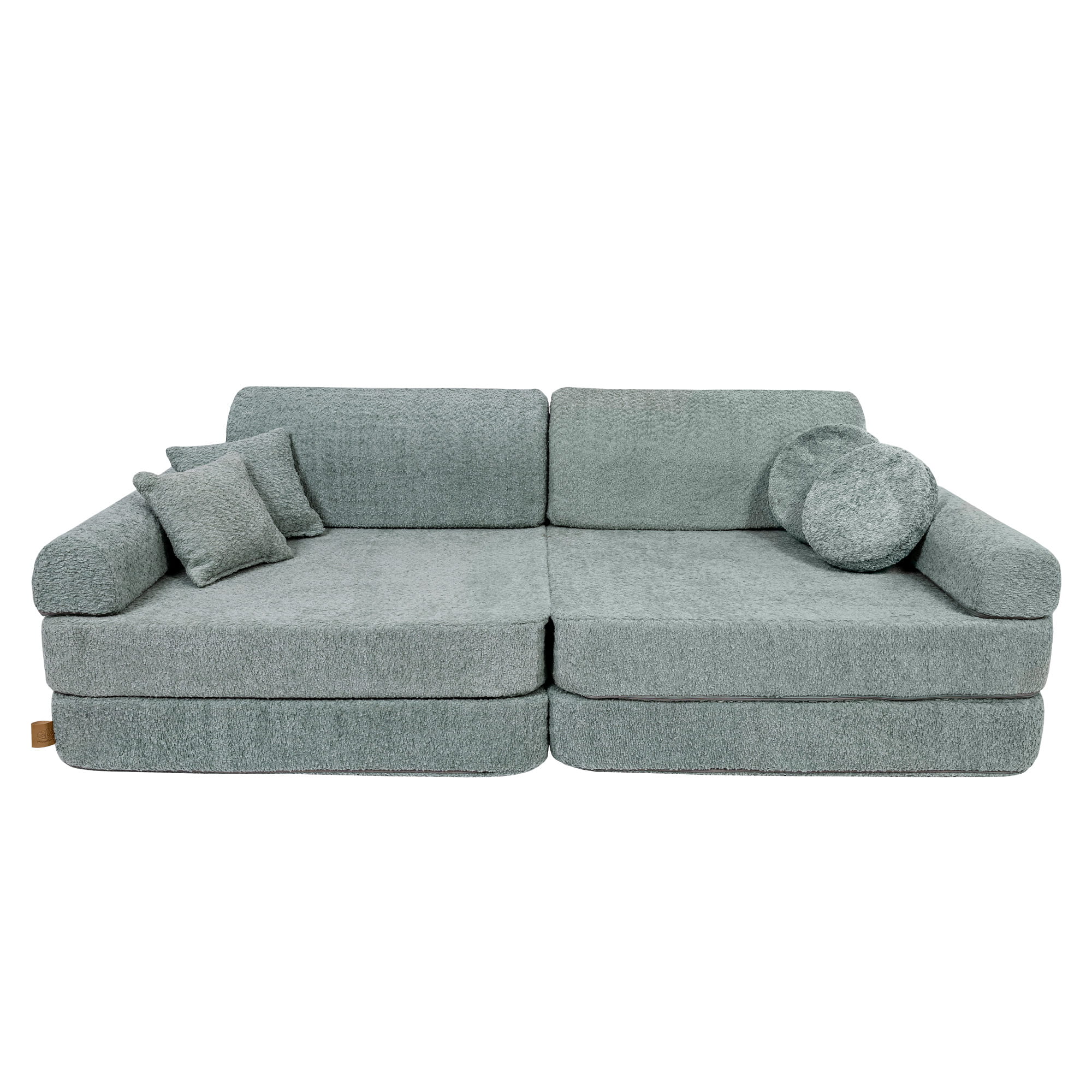
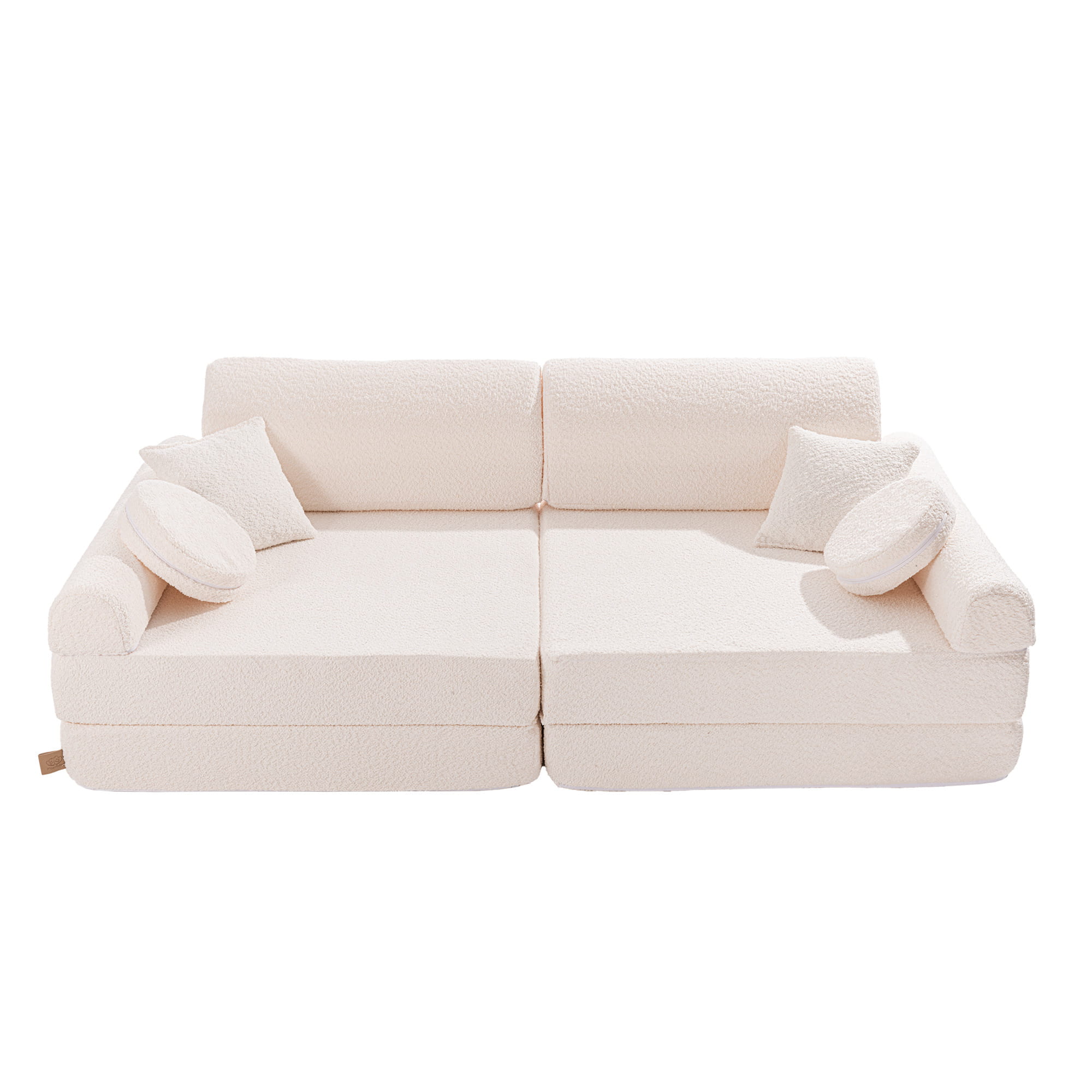





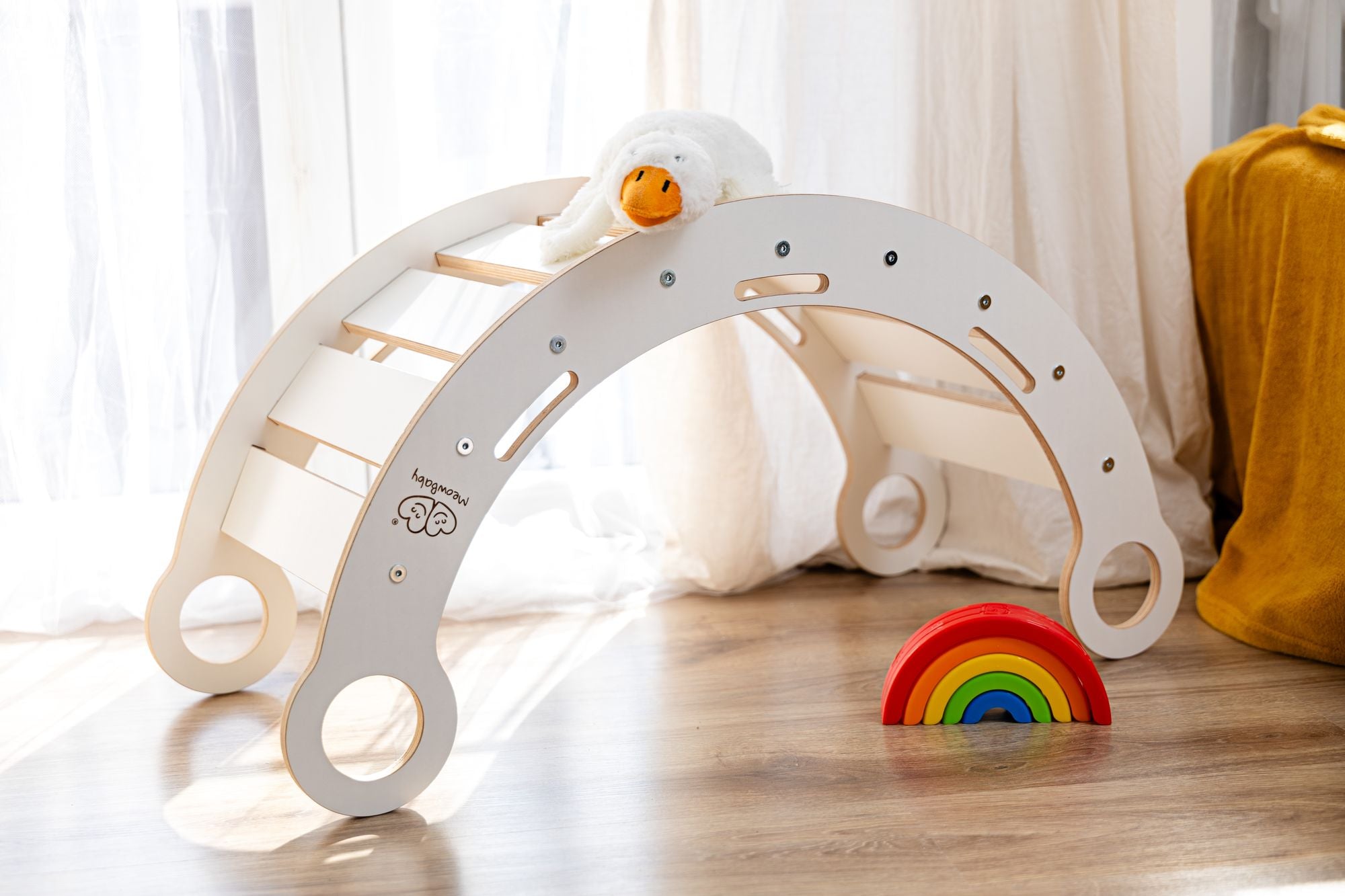
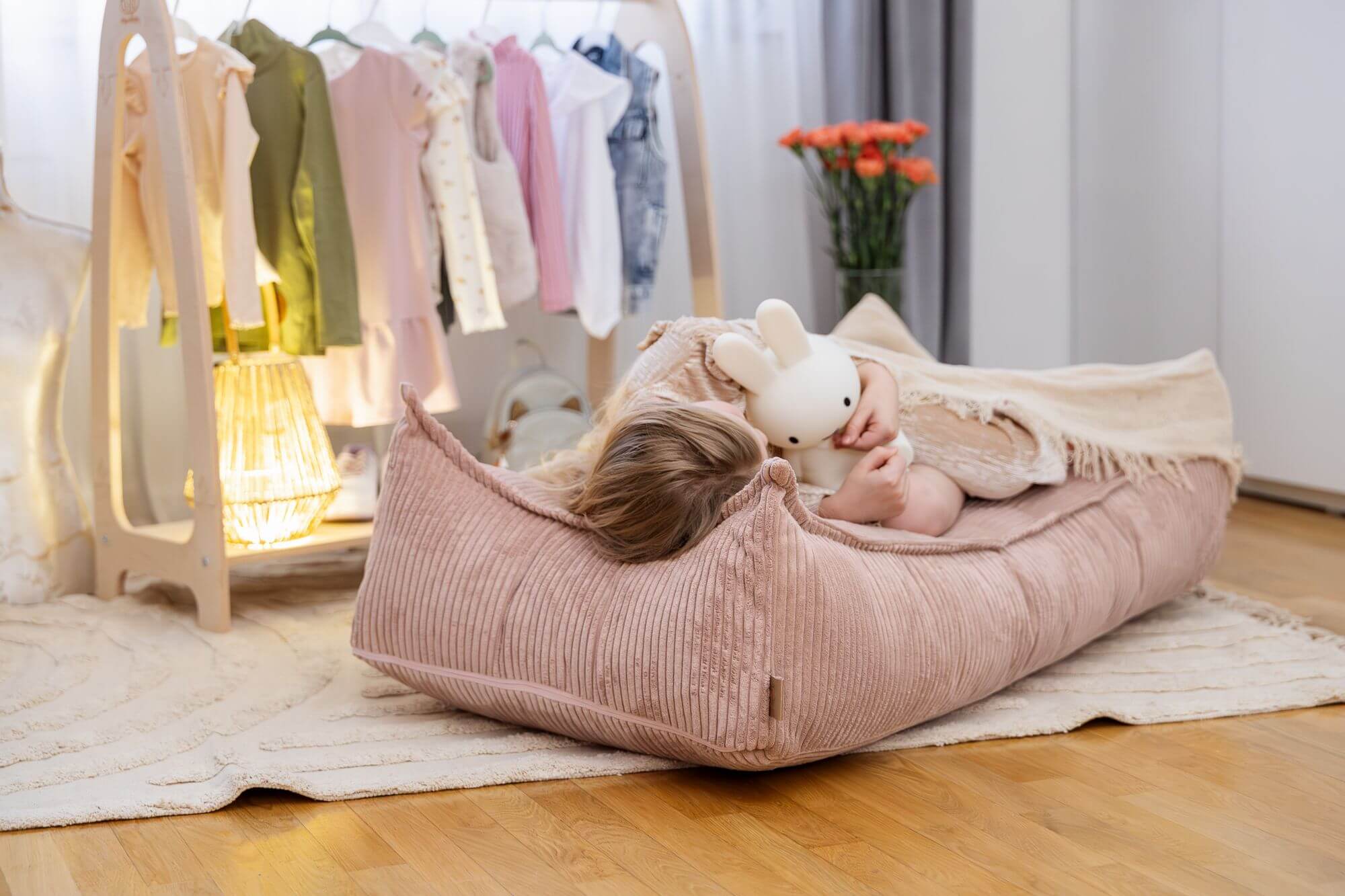




Leave a comment
This site is protected by hCaptcha and the hCaptcha Privacy Policy and Terms of Service apply.